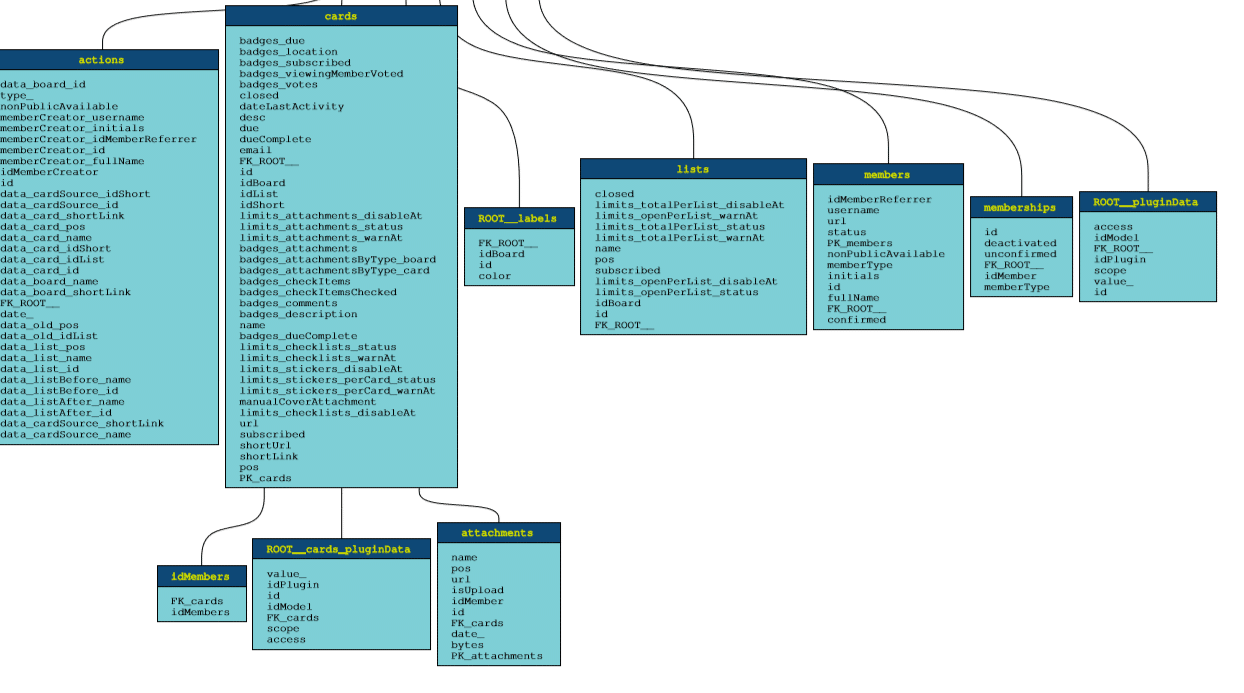

These three options are mutually exclusive and you must explicitly choose which one to use. If you choose this option then be aware of the risk that the credentials expire before the read / write operation succeeds.

The JDBC query embeds these credentials so therefore it is strongly recommended to enable SSL encryption of the JDBC connection when using this authentication method. Use Security Token Service (STS) credentials: You may configure the temporary_aws_access_key_id, temporary_aws_secret_access_key, and temporary_aws_session_token configuration properties to point to temporary keys created via the AWS Security Token Service. The JDBC query embeds these credentials so therefore Databricks strongly recommends that you enable SSL encryption of the JDBC connection when using this authentication method. If Spark is authenticating to S3 using an instance profile then a set of temporary STS credentials is forwarded to Redshift otherwise, AWS keys are forwarded. Set the data source’s aws_iam_role option to the role’s ARN.įorward Spark’s S3 credentials to Redshift: if the forward_spark_s3_credentials option is set to true then the data source automatically discovers the credentials that Spark is using to connect to S3 and forwards those credentials to Redshift over JDBC. Have Redshift assume an IAM role (most secure): You can grant Redshift permission to assume an IAM role during COPY or UNLOAD operations and then configure the data source to instruct Redshift to use that role:Ĭreate an IAM role granting appropriate S3 permissions to your bucket.įollow the guide Authorizing Amazon Redshift to Access Other AWS Services On Your Behalf to configure this role’s trust policy in order to allow Redshift to assume this role.įollow the steps in the Authorizing COPY and UNLOAD Operations Using IAM Roles guide to associate that IAM role with your Redshift cluster. There are three methods of authenticating this connection: Redshift also connects to S3 during COPY and UNLOAD queries. save () // Write back to a table using IAM Role based authentication df. load () // After you have applied transformations to the data, you can use // the data source API to write the data back to another table // Write back to a table df. option ( "forward_spark_s3_credentials", True ).

option ( "query", "select x, count(*) group by x" ).

load () // Read data from a query val df = spark. Read data from a table val df = spark. save () ) # Write back to a table using IAM Role based authentication ( df. load () ) # After you have applied transformations to the data, you can use # the data source API to write the data back to another table # Write back to a table ( df. load () ) # Read data from a query df = ( spark. Azure Synapse with Structured Streaming.Interact with external data on Databricks.


 0 kommentar(er)
0 kommentar(er)
